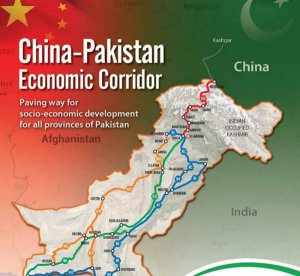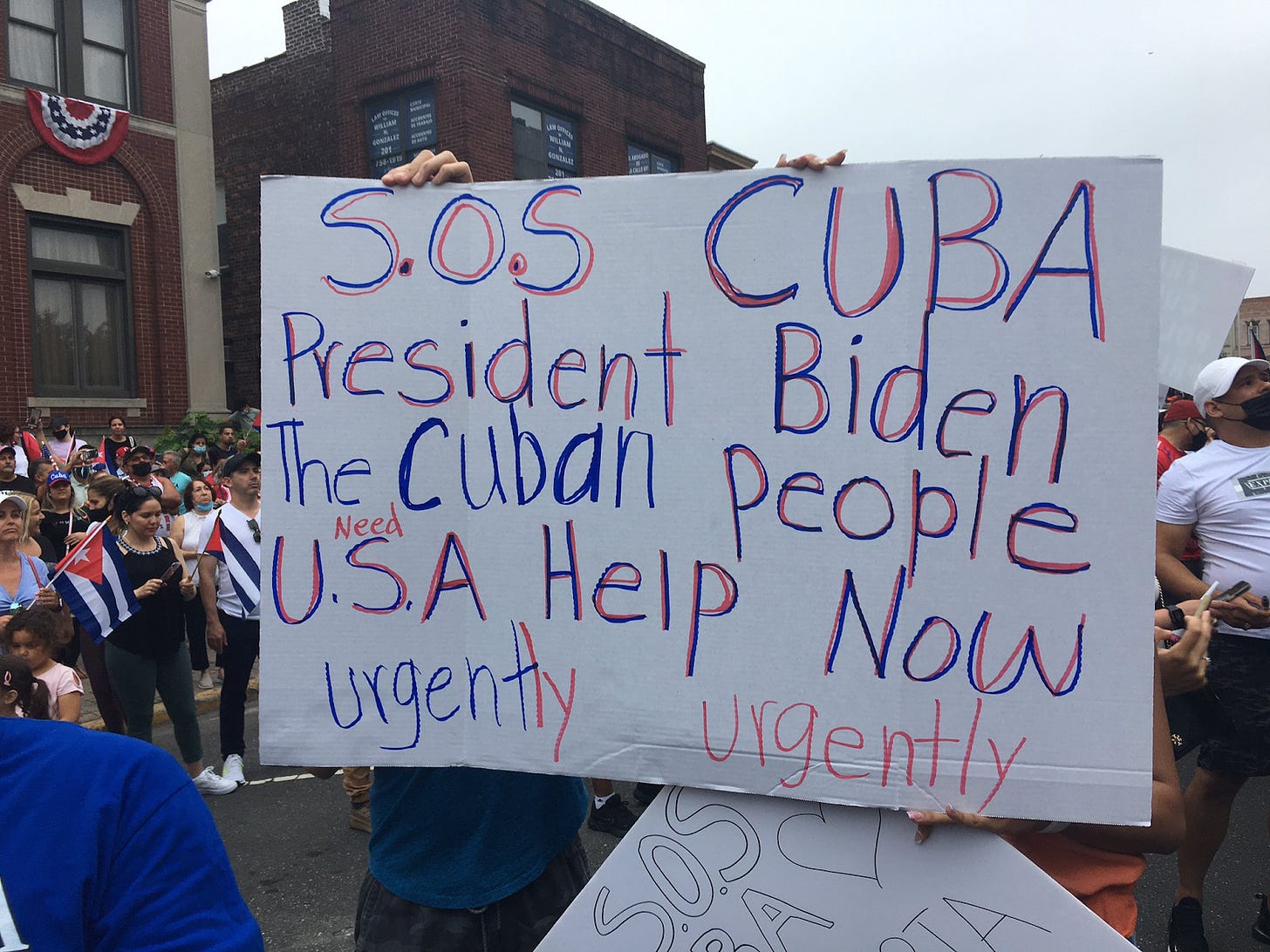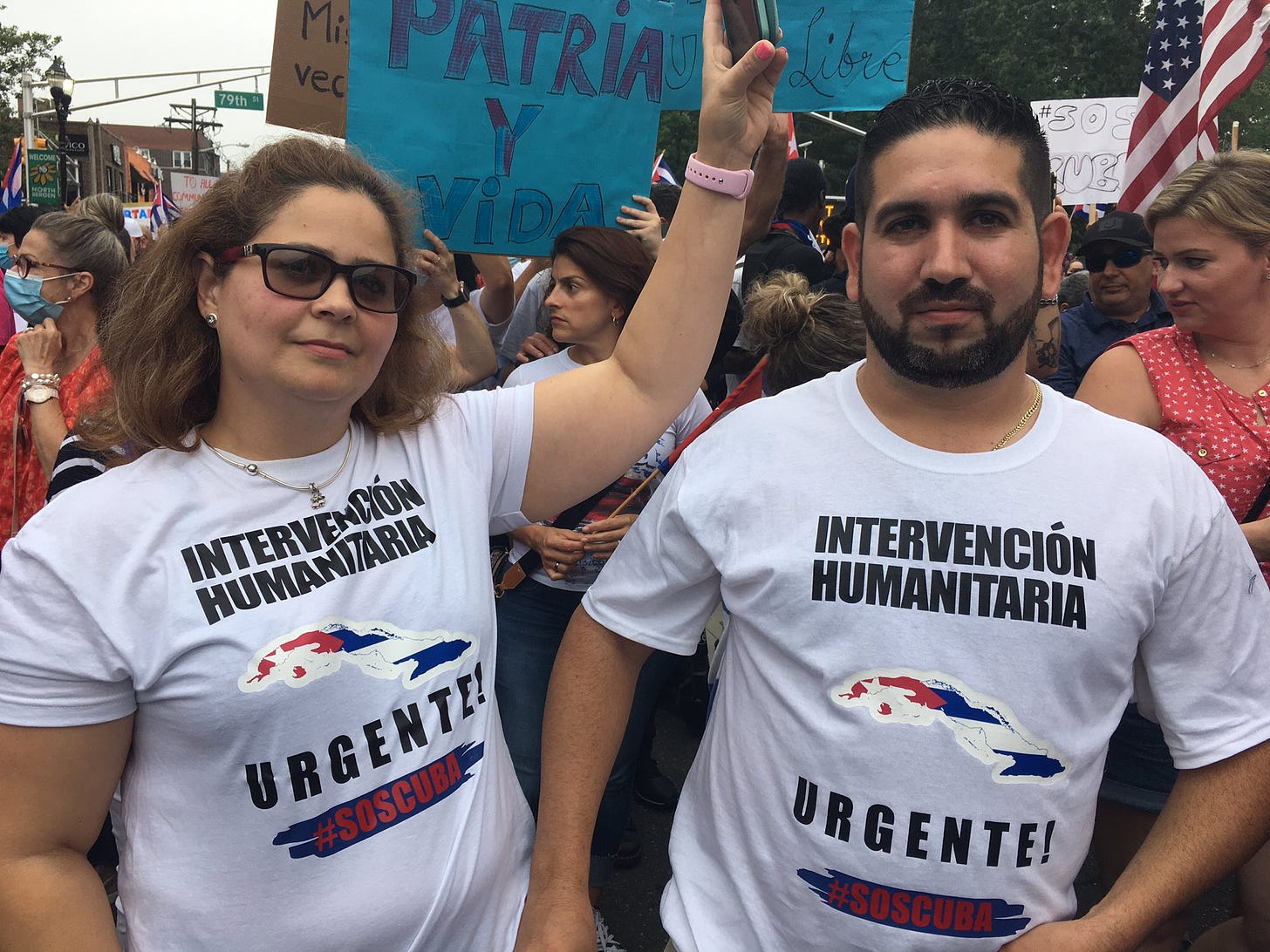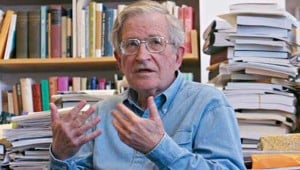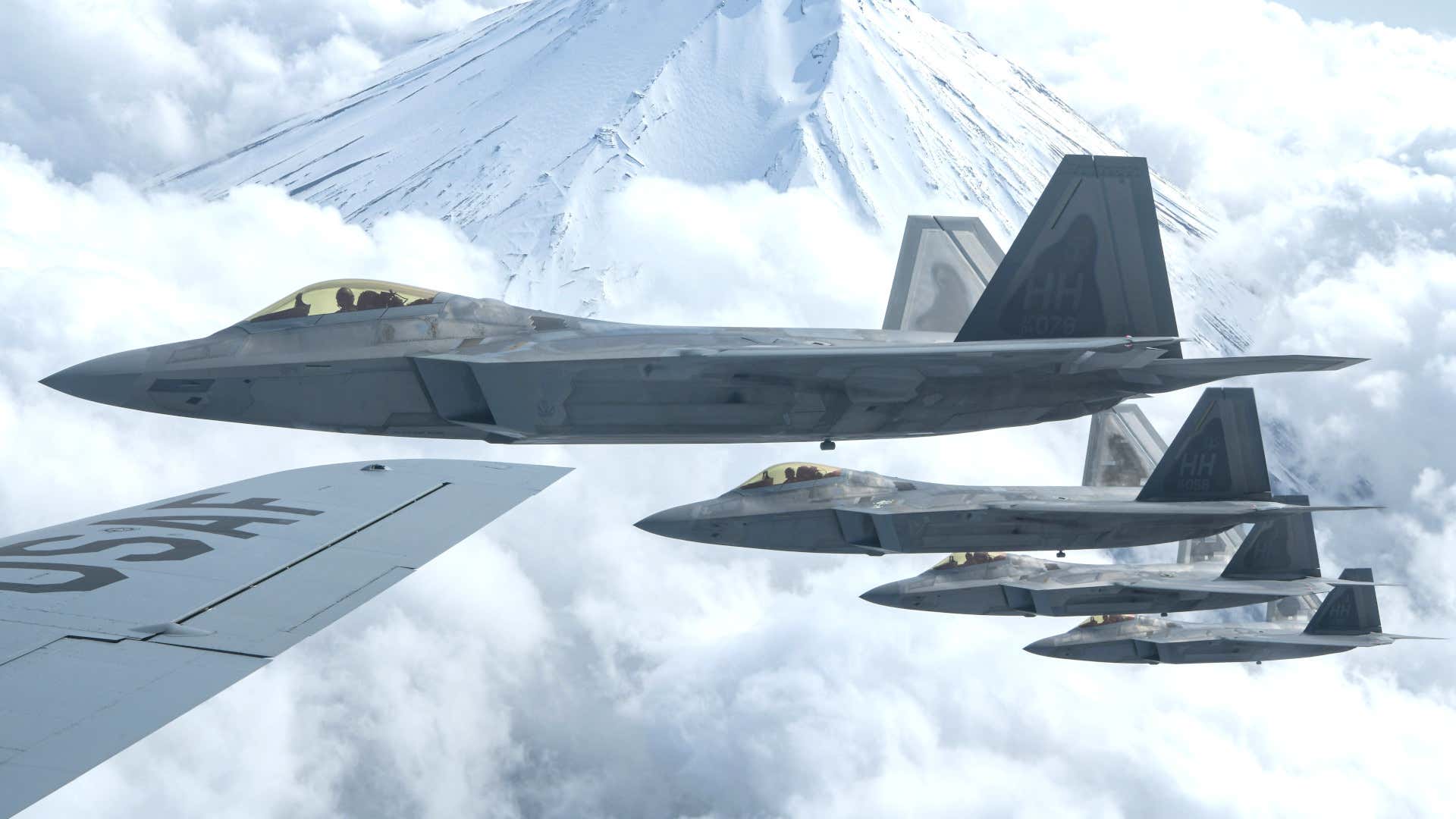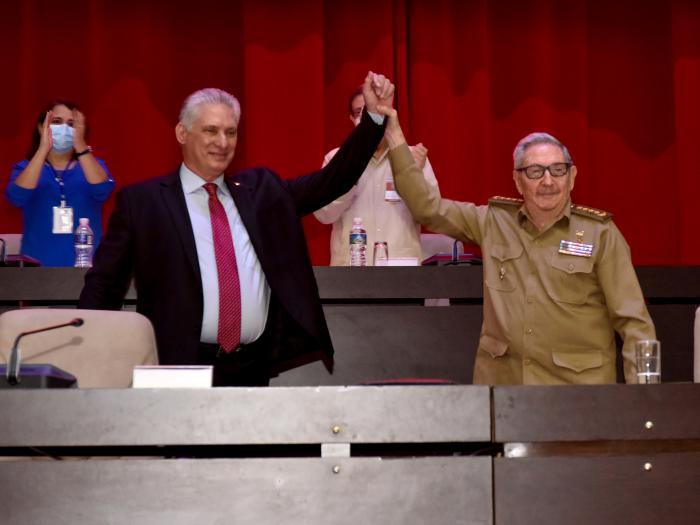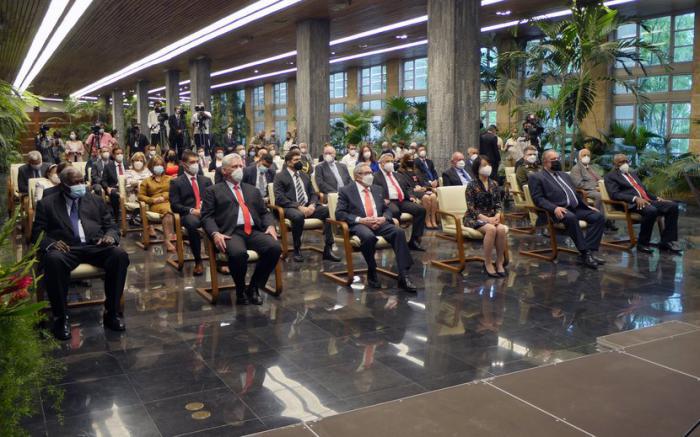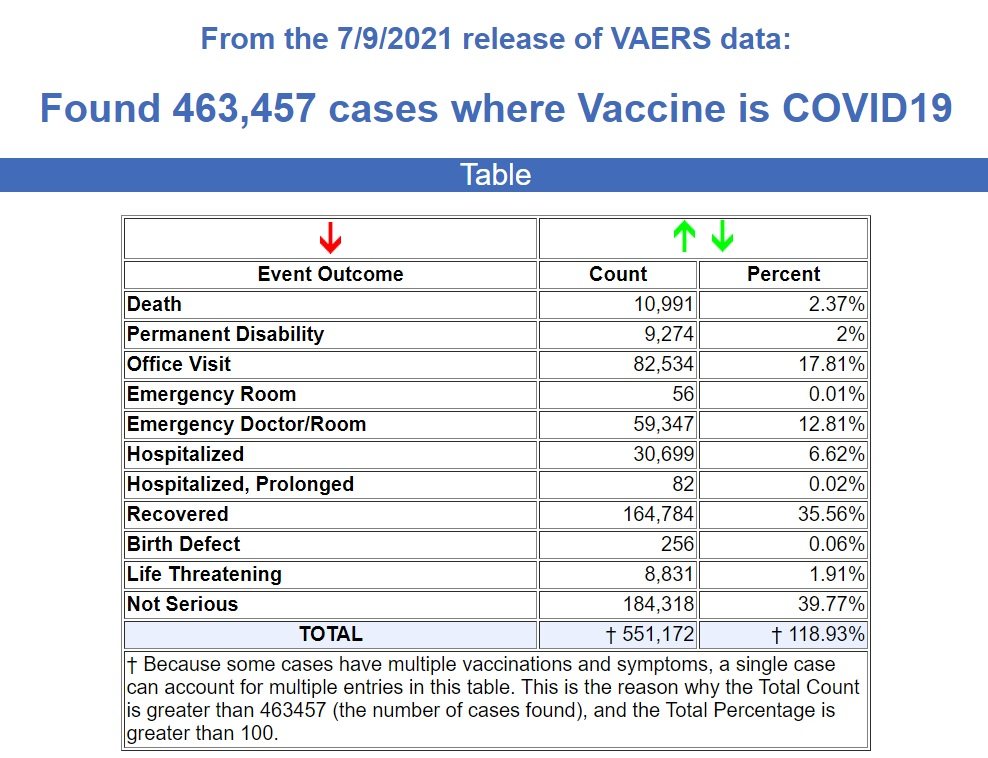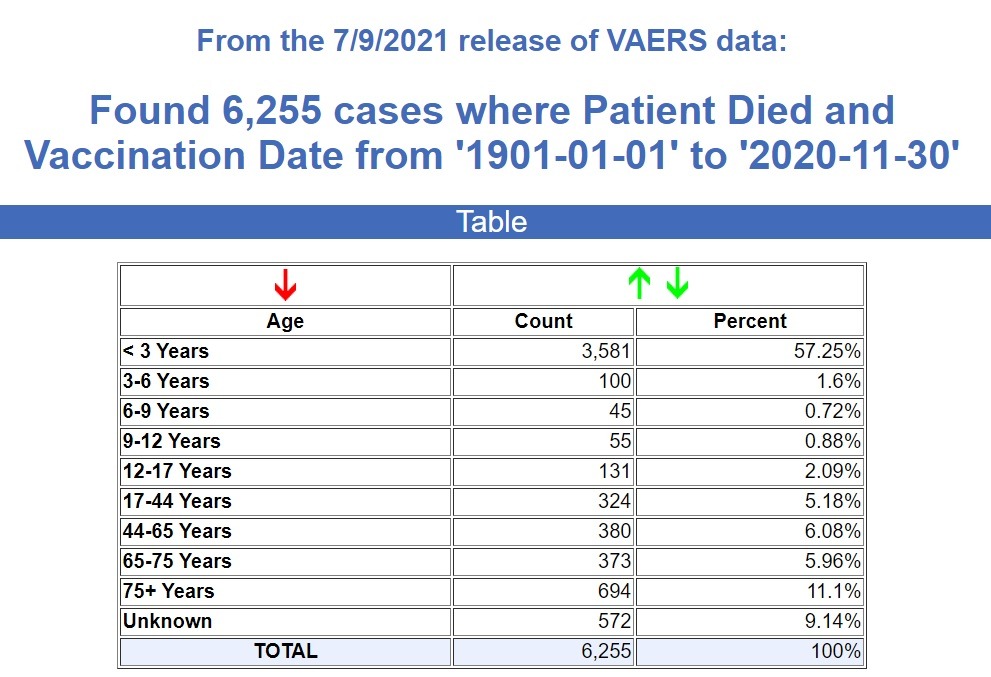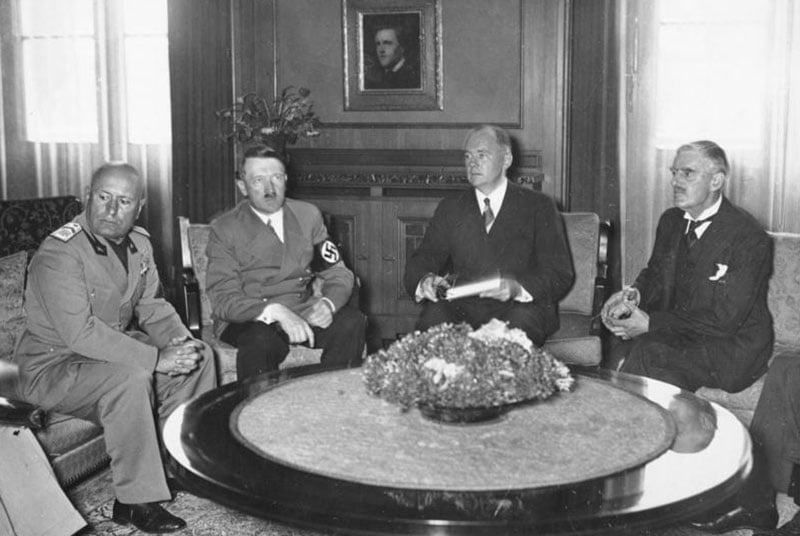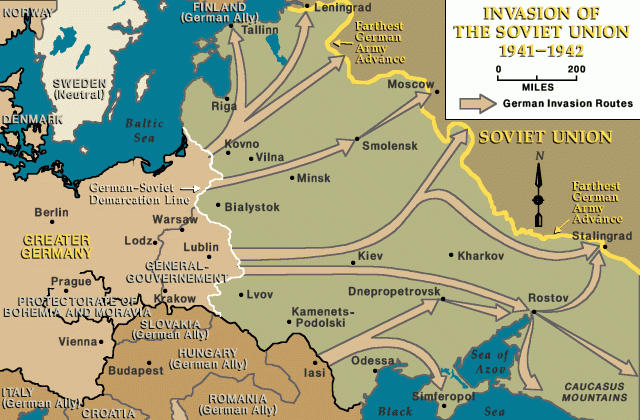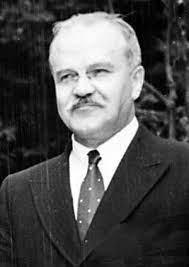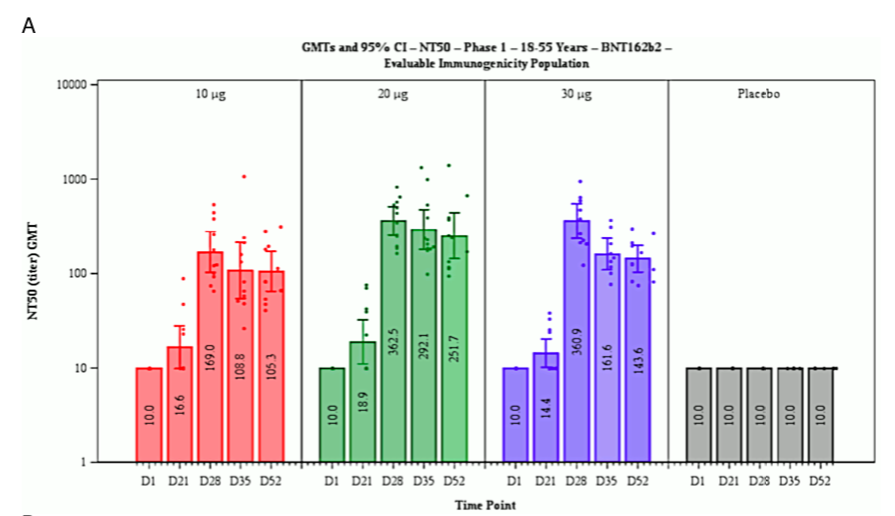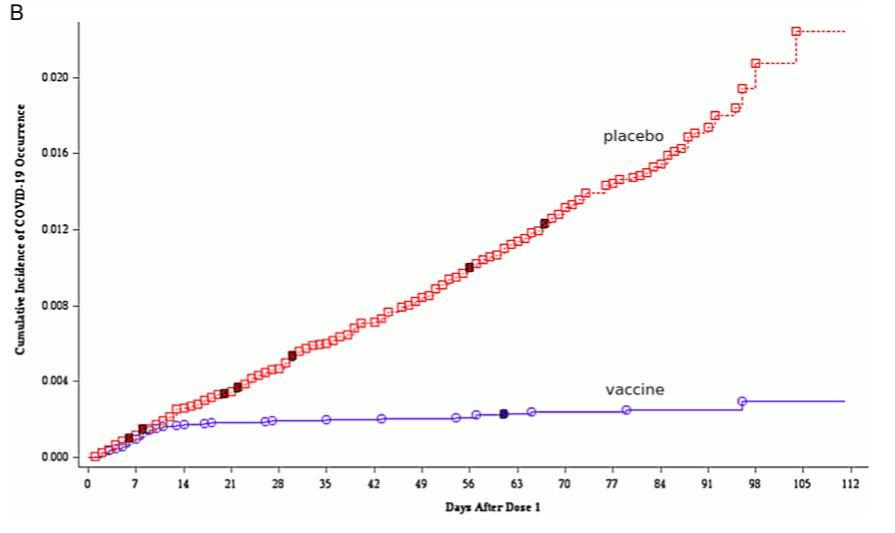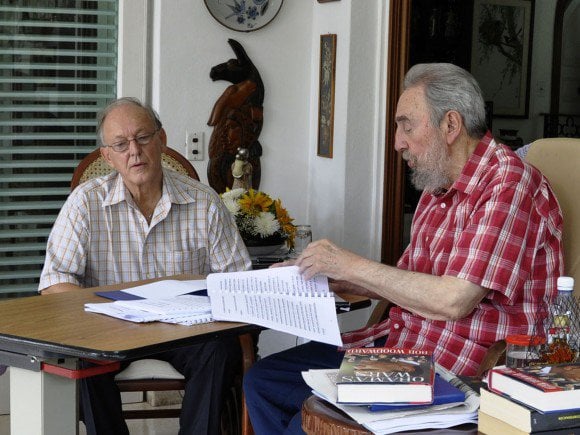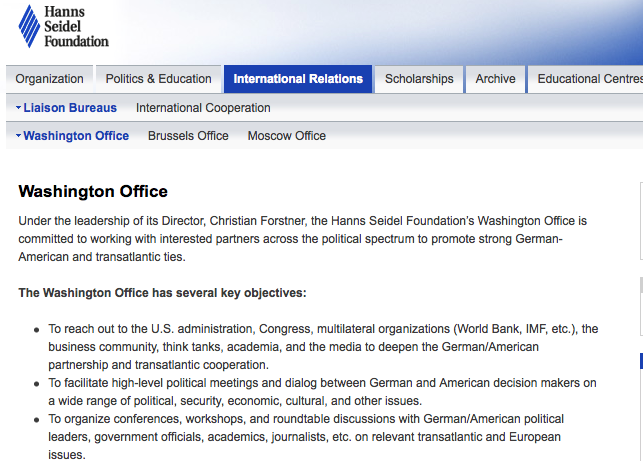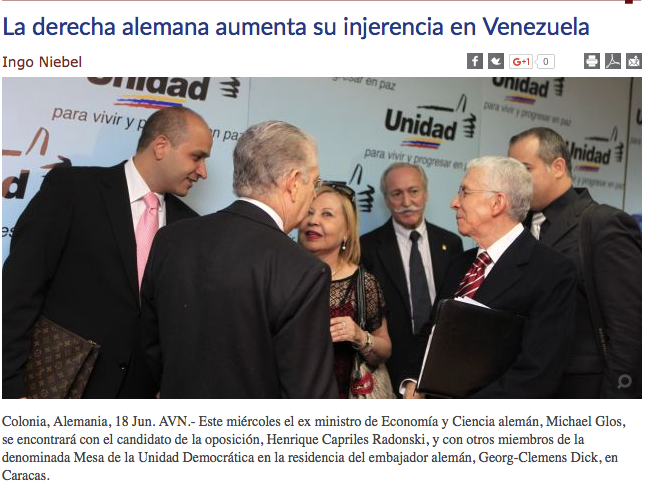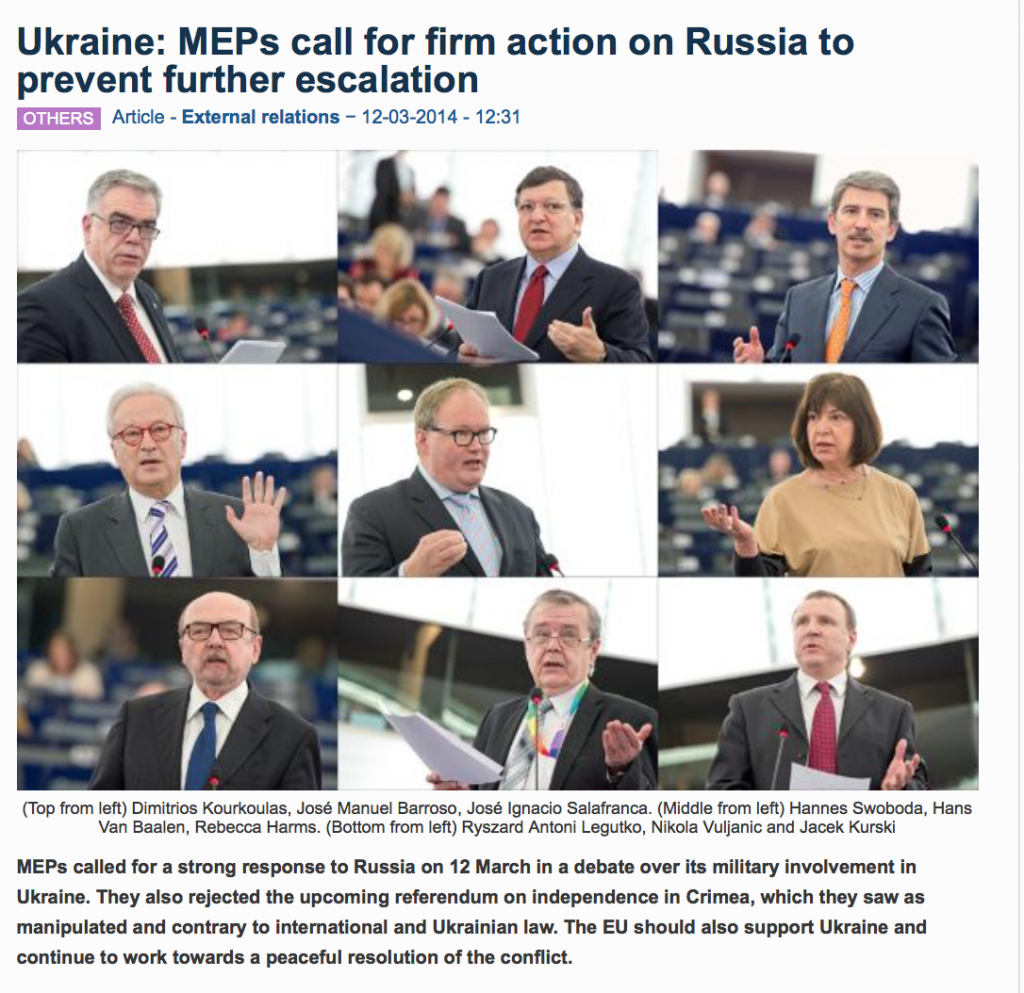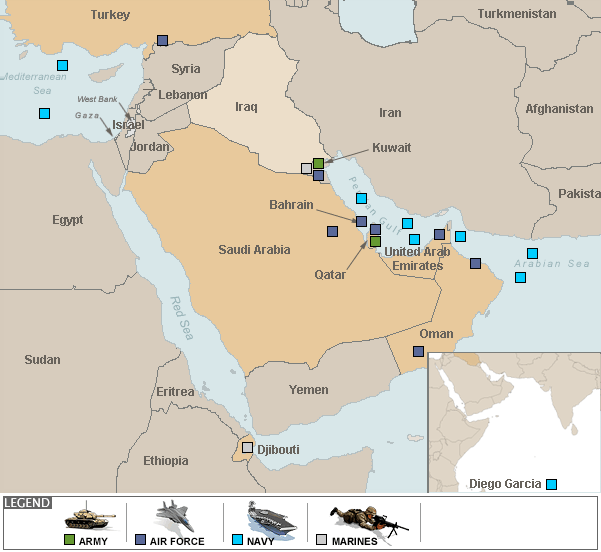All Global Research articles can be read in 51 languages by activating the “Translate Website” drop down menu on the top banner of our home page (Desktop version).
Visit and follow us on Instagram at @crg_globalresearch.
***
Doctors for Covid Ethics has written three open letters to the European Medicines Agency regarding COVID-19 vaccine dangers. In those letters we have insisted upon evidence that risks of clotting, bleeding and platelet abnormalities were appropriately ruled out in legitimate empirical trials prior to human use. We foresaw deaths and harm from clotting, warning of these dangers before blood clots led to vaccine suspensions around the world.
The first letter, emailed February 28 and hand-delivered March 1st, can be found here. The EMA’s reply of March 23rd can be found here, and our rebuttal letter, of April 1st, here, all summarised in a press release here. Our most recent letter, warning that “cardinal symptoms of cerebral venous sinus thrombosis (CVST) dominate the list of adverse reactions to COVID-19 vaccines” is here.
Doctors, scientists and colleagues in allied disciplines related to health, ethics, law and human rights can sign the open letters by sending their name, qualifications, areas of expertise and country of practice to: [email protected], with web verification (eg workplace or registration link, not for publication).
Signatories across the three letters are as follows:
Founding signatories
Professsor Sucharit Bhakdi MD, Professor Emeritus of Medical Microbiology and Immunology, Former Chair, Institute of Medical Microbiology and Hygiene, Johannes Gutenberg University of Mainz (Medical Doctor and Scientist) (Germany and Thailand)
Dr Marco Chiesa MD FRCPsych, Consultant Psychiatrist and Visiting Professor, University College London (Medical Doctor) (United Kingdom and Italy)
Dr C Stephen Frost BSc MBChB, Specialist in Diagnostic Radiology, Stockholm, Sweden (Medical Doctor) (United Kingdom and Sweden)
Dr Margareta Griesz-Brisson MD PhD, Consultant Neurologist and Neurophysiologist (studied Medicine in Freiburg, Germany, speciality training for Neurology at New York University, Fellowship in Neurophysiology at Mount Sinai Medical Centre, New York City; PhD in Pharmacology with special interest in chronic low level neurotoxicology and effects of environmental factors on brain health), Medical Director, The London Neurology and Pain Clinic (Medical Doctor and Scientist) (Germany and United Kingdom)
Professor Martin Haditsch MD PhD, Specialist (Austria) in Hygiene and Microbiology, Specialist (Germany) in Microbiology, Virology, Epidemiology/Infectious Diseases, Specialist (Austria) in Infectious Diseases and Tropical Medicine, Medical Director, TravelMedCenter, Leonding, Austria, Medical Director, Labor Hannover MVZ GmbH (Medical Doctor and Scientist) (Austria and Germany)
Professor Stefan Hockertz, Professor of Toxicology and Pharmacology, European registered Toxicologist, Specialist in Immunology and Immunotoxicology, CEO tpi consult GmbH. (Scientist) (Germany)
Dr Lissa Johnson, BSc BA(Media) MPsych(Clin) PhD, Clinical Psychologist and Behavioural Scientist, Expertise in the social psychology of atrocity, torture, collective violence and propaganda, former professional body Public Interest Advisory Group member (Psychologist) (Australia)
Professor Ulrike Kämmerer PhD, Associate Professor of Experimental Reproductive Immunology and Tumor Biology at the Department of Obstetrics and Gynaecology, University Hospital of Würzburg, Germany, Trained molecular virologist (Diploma, PhD-Thesis) and Immunologist (Habilitation), Remains engaged in active laboratory research (Molecular Biology, Cell Biology) (Scientist) (Germany)
Associate Professor Michael Palmer MD, Department of Chemistry (studied Medicine and Medical Microbiology in Germany, has taught Biochemistry since 2001 in present university in Canada); focus on Pharmacology, metabolism, biological membranes, computer programming; experimental research focus on bacterial toxins and antibiotics (Daptomycin); has written a textbook on Biochemical Pharmacology, University of Waterloo, Ontario, Canada (Medical Doctor and Scientist) (Canada and Germany)
Professor Karina Reiss PhD, Professor of Biochemistry, Christian Albrecht University of Kiel, Expertise in Cell Biology, Biochemistry (Scientist) (Germany)
Professor Andreas Sönnichsen MD, Professor of General Practice and Family Medicine, Department of General Practice and Family Medicine, Center of Public Health, Medical University of Vienna, Vienna (Medical Doctor) (Austria)
Dr Wolfgang Wodarg, Specialist in Pulmonary and Bronchial Internal Medicine, Hygiene and Environmental Medicine, Epidemiology, and Public Health; Honorary Member of the Parliamentary Assembly of the Council of Europe and former Head of the Health Committee of the Parliamentary Assembly of the Council of Europe; former Member of Parliament, German Bundestag; Initiator and Spokesman for the study commission ‘Ethics and Law in Modern Medicine’; Author and University Lecturer (Medical Doctor) (Germany)
Dr Michael Yeadon BSc (Joint Honours in Biochemistry and Toxicology) PhD (Pharmacology), Formerly Vice President & Chief Scientific Officer Allergy & Respiratory, Pfizer Global R&D; Co-founder & CEO, Ziarco Pharma Ltd.; Independent Consultant (Scientist) (United Kingdom)
Endorsing signatories
Dr Reem Abu-Sbaih, DO, Doctor of Osteopathy, Associate Professor Osteopathic Manipulative Medicine/ Neuromusculoskeletal Medicine (Medical Doctor) (USA)
Dr Adriana Reyes Agudelo, MD, Surgeon (Medical Doctor) (Spain)
Dr Véronique Ahari, General Practitioner (Medical Doctor) (France)
Dr Maria José Martínez Albarracín, Bachelor of Medicine and Surgery, Physician and Professor of Clinical Diagnostic Processes, Specialized in Clinical Analysis (Medical Doctor) (Spain)
Dr Alicja Alda, General Practitioner and Ear Nose and Throat specialist (Medical Doctor) (Norway)
Dr Fernando Ania, ND, Naturopathic Doctor (Canada)
Dr Carmen Soler Arnedo, Surgeon, General Medicine (Medical Doctor) (Spain)
Dr Lenn-Adolph D. Arre, PhD, FNIU, Former Associate Professor of Molecular Biology and Microbiology, San Beda University, Manila (Scientist) (Philippines)
Dr Mario Cabrera Avivar, MD, Specialist in Public Health, former Consultant to the Pan American Health Organisation, the World Health Organisation Regional Office for the Americas (OPS/OMS) (Medical Doctor) (Uruguay)
Rena Bartolettti, Pharmacist, previously of the General Pharmacy Inspectorate, Registration Service Medicines, Federal Public Health and Safety Authority (Pharmacist) (Belgium)
Dr Gabriela Bachmann, General Medicine, Specialising in children and young people (Medical Doctor) (Austria)
Dr. Elizabeth Bastian, BSc (Genetics and Microbiology), MDCM, Family Medicine, General Practitioner in Oncology, sub specialty trained in Palliative Care (Medical Doctor) (Canada)
Dr Pedro López Bastido, Stomatologist (Medical Doctor) (Spain)
Dr Professor Mila Aleckovic Bataille, Specialising in Psychiatry, Psychology and Anthropology (Medical Doctor and Social Scientist) (France, Serbia)
Dr Michael D Bell, MB, ChB (1978 Edinburgh) MRCGP (1989), General Practitioner (Medical Doctor) (United Kingdom)
Rev. Reuben P. Bell, DO, MS, MDiv, PhD, Osteopathic family physician since 1982, Bachelors and Masters degrees in Zoology, formerly Professor of Biology (including Molecular Genetics and Developmental Biology), M.Div. and Ph.D. in theological studies, with attention to issues of science and religion (Medical Doctor and Scientist) (USA)
Dr Francisco Lacruz Bescos, MD, PhD, Consultant Neurologist with special training and dedication to Neuroimmunology and Multiple Sclerosis (Retired) (Medical Doctor) (Spain)
Dr Thomas Binder, MD, specialised in Cardiology and Internal Medicine, thesis in Immunology and Virology, with 32 years experience in diagnosis and treatment of Acute Respiratory Illness (Medical Doctor) (Switzerland)
Sarah Binns, MA VetMB, MS, MRCVS, MSc, PhD, DipLSHTM, Former Veterinary Infectious Disease Epidemiologist (United Kingdom)
Dr Rainer Bliefert, Dentist (Switzerland)
Dr Michael Brandner, Dr. Med. (Medical Doctor) (Germay)
Dr Rachel Brown, MBChB, LLM (Medical Law & Ethics), MRCPsych CFMP, Consultant Psychiatrist (Medical Doctor) (United Kingdom)
Dr Roxana Bruno, PhD in Immunology, Researcher in Biochemistry, Immunology, Neuroinmunology and Genetics (Scientist) (Argentina)
Dr Elizabeth Burton, MBChB, General Medical Practitioner (Retired)(Medical Doctor) (United Kingdom)
Dr Natalia Prego Cancelo, MD, Community and Family Medicine Specialist, founder of “Médicos por la Verdad” (Doctors for the Truth) worldwide, platform of doctors in more than 17 countries (Medical Doctor) (Spain)
Professor David P. Capper, MD, Internal Medicine, Hospice & Palliative Medicine, Professor and Chair, Department of Clinical Sciences, Director of Palliative Care (Medical Doctor) (USA)
Dr Ronald S. Carlson, AB Chem/Bio, DDS, Dentist (USA)
Dr Rafael Reinoso Casado, Family and Community Medicine (Medical Doctor) (Spain)
Dr Alexandra Henrion Caude, Researcher, PhD in Molecular Biology and Genetics, Focus in Epigenetics and non-coding RNA and mitochondria, Focus on simple, durable ethical, low-cost solutions for Health and One Health, CEO of SimplissimA Research Institute, Former Director of Research at the French NIH (Retired), Member of the Circle for Innovation Galien (France), Member of the IDF Ethical Space Committee, Eisenhower Fellow from the Multination Program (Scientist) (France and Mauritius)
Dr Volker Christoffel, PhD in Biochemistry, Specialist in preclinical development (Scientist) (Germany)
Dr Vernon Coleman, MB, ChB, General Practice Principal (Retired) (Medical Doctor) (United Kingdom)
Isabella Cooper, BSc (Hons) Biochemistry, AFHEA, AMRSB, AfENDO, Doctoral Researcher, Areas of expertise: hyperinsulinaemia, disseminated intravascular coagulability, mitochondrial molecular biology and cancer metabolism (Scientist) (United Kingdom)
Dr Johan Corthouts, General Practitioner (Medical Doctor) (Belgium)
Jonathan Jay Couey, Assistant Professor of Research, Pitt School of Medicine Research Faculty, Department of Neurobiology, examining cortical and subcortical microcircuits using promotor/enhancer driven gene expression (Scientist) (USA)
Dr David Critchley, BSc, PhD, Clinical Research Scientist with more than 30 years experience, including projects in Virology and Immunology (Scientist) (United Kingdom)
Professor Barbara A Crothers, DO, Associate Professor, Pathology, Gynecologic, Breast and Cytopathology (USA)
Dr Rita Darby, General Practitioner (Medical Doctor) (Wales)
Dr. Daniel de la Torre Llorente, Biology Professor, Biotechnology-Plant Biology Department, Agronomic, Food and Biosystems Engineering School (ETSIAAB) Universidad Politécnica de Madrid (Scientist) (Spain)
Dr John Day, MD, Family Medicine (Board certified since 1990) (Medical Doctor) (USA)
Dr Hilde De Smet, General Practitioner (Medical Doctor) (Belgium)
Dr Johan Denis, General Practitioner (Medical Doctor) (Belgium)
Dr Steven Depicker, General Practitioner (Medical Doctor) (Belgium)
Dr Cindy de Villiers, MBChB, General Practitioner (Medical Doctor) (New Zealand)
Dr M. Doesburg-van Kleffens, MSc, PhD, Specialist in Laboratory Medicine (Clinical Chemistry), of Stichting Artsen Covid Collectief, an independent Dutch Collective of Medical Professionals (Scientist) (The Netherlands)
Dr Geanina Dragnea, Obstetrician-Gynecologist (Medical Doctor) (Romania)
Dr Doris Draehne, Specialist in Obstetrics and Gynaecology (Medical Doctor) (Germany)
Dr Nyjon Eccles, BSc, MBBS, MRCP, PhD, Specialist in Functional & Environmental Medicine (Medical Doctor) (United Kingdom)
Dr Karin Eisfeld, Molecular Biologist, Senior Regulatory Affairs Manager in the approval of new drugs and medical devices (Scientist) (Germany)
Dr Blanca Assumption Lario Elboj, Specialsit in Ophthalmology (Medical Doctor) (Spain)
Dr Kjetil H. Elvevold, Senior Scientist, worked as Senior Scientist in a Contract Research Organization (CRO) in Norway that performed pre-clinical experiments for the pharmaceutical industry (Scientist) (Norway)
Dr Andreas Emmert, Specialist in Microbiology, Head Physician at Østfold Regional Hospital, Norway (Medical Doctor) (Norway)
Merit Enckell, Civ. Ing, PhD, Independent researcher, Structural Health Monitoring and Emerging Technologies, Formerly of KTH Royal Institute of Technology (Scientist) (Sweden)
Dr Sonia Andrés Espallardo, Psychiatrist (Medical Doctor) (Spain)
Dr Radimé Farhumand, Specialist in Anesthesia (Medical Doctor) (Germany)
Dr Thomas Faulkner, MChiro, DC, Managing Director and Chiropractor (United Kingdom)
Dr Susan Flett, Specialist in Psychiatry, Child Psychiatry and Psychotherapy (Semi-retired) (Medical Doctor) (United Kingdom)
Dr Konstantinos Fountzoulas, MD, PGDiP Orth Eng., FEBOT, FRCS (Tr & Orth), Consultant Trauma and Orthopaedic Surgeon (Medical Doctor) (England and Italy)
Dr Paul Christian Friedl, Ophthalmologist (Medical Doctor) (Austria)
Dr Carrie Ganek, MD, Adult Psychiatry (Medical Doctor) (USA)
Dr Martin E Ganek, MD, Board Certified Paediatrician (Medical Doctor) (USA)
Dr Emanuel E. Garcia, MD (University of Pennsylvania School of Medicine, 1986), Psychiatrist (Medical Doctor) (USA)
Dr Parisi Giovanni, Specialist in Ophthalmology and Sports Medicine (Medical Doctor) (Italy)
Dr Hartmut Glossmann, Professor Emeritus, Doctor of Medicine and Specialist in Pharmacology / Clinical Pharmacology, Institute for Biochemical Pharmacology, Innsbruck (Medical Doctor and Scientist) (Germany)
Amparo de Luque González, Dentist (Spain)
Dr Alexandra Efthimiadou Griva, MD, Physician, practicing natural medicine for over 40 years (Medical Doctor) (Greece)
Dr Maria-Myrto Griva, MD, Physician, with a special focus on natural medicine (Medical Doctor) (Greece)
Dr Kleanthis Grivas, MD, PhD, Neurologist — Psychiatrist, author of books and articles, writer on Totalitarian Therapeutic State (Medical Doctor) (Greece)
Dr Céline Guérin, PhD in Neurosciences, Master in Microbiology and Genetics (Scientist-Practitioner) (France)
Dr Nicholas James Guntobon, MBBCh, BAO, LRCP, SI, General Practitioner (Medical Doctor) (Malaysia)
Dr. Olga Petrovna Guzova, Pediatrician, Dermatologist and Dermatopathologist (Medical Doctor) (Panama)
Dr Hans-Michael Hackenberg, Family Doctor and Sports Medicine Specialist (Retired) (Medical Doctor) (Germany)
Dr Roman Häussler, General Medicine (Austria)
Dr Jutta Heinrich-Nols, Doctor and Clinical Pharmacologist (Medical Doctor and Scientist) (Germany)
Julie Henrotte, Quality System Expert, 12+ years in GSK Pharma (Scientist) (Belgium)
Dr Angel Ruiz-Valdepeñas Herreros, Bachelor of Medicine, Licenciado en Medicina por la Universidad de Murcia, Specialist in Family and Community Medicine, co-founder of “Médicos por la Verdad” (Doctors for the Truth) worldwide, platform of doctors in more than 17 countries (Medical Doctor) (Spain)
Dr Birgit Hörger, Resident Doctor, Specialist in General Medicine (Medical Doctor) (Germany)
Dr Mignon Hugues, MD, General Practitioner (Medical Doctor) (Belgium)
Dr April M. Hurley, MD, Family Physician for 35 years (Medical Doctor) (USA)
William Ip, BSc. MIBMS, Former NHS Biomedical Scientist (Specialist in Microbiology), for over 30 years (Sicentist) (United Kingdom)
Prof. Dr Ciro Isidoro, Doctor of Science and Medical Doctor, Full Professor of Pathology, School of Medicine, Department of Health Sciences, Università del Piemonte Orientale, Novara (Medical Doctor and Scientist) (Italy)
Dr Hervé Janecek, Veterinarian (France)
Hannah Januszczyk, Psychiatric Pharmacist (England)
Jerzy Jaskowski, MD, PhD, MS, Specialties in General Surgery, Environmental Medicine, Physics and Biophysics (Retired)(Medical Doctor and Scientist) (Poland)
Dr. Elisabeth Jenik, General Medicine, Occupational Medicine and Psychosomatic Medicine (Medical Doctor) (Austria)
Dr Alain Joseph, General Medicine Specialist (Retired) (Medical Doctor) (France)
Dr Konstantinos Kakleas, MD, MRCPCH, MSc, PhD, Paediatric Allergy Consultant, Leicester Royal Infirmary Hospital (Medical Doctor) (United Kingdom)
Dr George Katsonis, Homeopathic Doctor (Medical Doctor)(Cyprus)
Dr Hootan Kazemi, BDS Dental Surgeon, MSc(Distinc.) Clinical Biochemistry, BSc(Hons) Physiology (General Dental Practitioner) (United Kingdom)
Dr Richard Kent MB BS, Retired General Practitioner (Medical Doctor) (United Kingdom)
Dr Ingrid Kiesel, Specialist in Psychiatry, Psychotherapy and General Medicine (Medical Doctor) (Germany)
Dr Alina Kislich, General Practitioner, Graduated from the Medical University of Vienna (Medical Doctor) (Austria)
Dr Wiltrud Kling, Specialist in General Medicine (Medical Doctor) (Germany)
Dr Ewa Konik, MD, Heart Transplant Cardiologist (Medical Doctor) (USA)
Dr Doris Krien, Assistant Doctor, Günzburg District Hospital (Medical Doctor) (Germany)
Brigitte Lacroix, clinical PKPD and PBPK modeler (Pharma industry), PhD in Pharmacy (Paris XI University), PhD in Pharmacometrics (Uppsala University) (Scientist) (France, Sweden)
Dr Andreas Lang, MD (Medical Doctor) (Germany)
Dr Paul Laursen, PhD, Adjunct Professor, AUT University (Scientist) (New Zealand and Canada)
Dr Michael S Lavender, Consultant Anaesthetist (Medical Doctor) (Australia)
Dr Tess Lawrie, MBBCh, PhD, Guideline methodologist and evidence synthesis expert, Director of The Evidence Based Medicine Consultancy Ltd, Bath UK. Honorary Researcher at the Royal United Hospital, Bath UK (Medical Doctor and Scientist) (United Kingdom)
Dr Bronia Lee, MBBCh, MRCGP, Retired General Practitioner (Medical Doctor) (United Kingdom)
Dr Katrina Lewis, MD, BSc in Immunology and Physiological Chemistry, triple Board certified ( USA) in Anesthesiology, Pain Medicine and Functional Medicine (Medical Doctor) (South Africa, USA)
Dr Derek Lohan, Consultant Radiologist and Director, Helix Radiology (Medical doctor) (Ireland)
Dr Ricardo Arriola López, General Medicine, (Medical Doctor) (Spain)
Dr. Adele Lorigan, BSC (Chiro), Chiropractor (Australia)
Dr Antje Lueg, Specialist in Ophthalmology (Medical Doctor) (Germany)
Dr. Thomas Ly, MD, Infectologist and Paediatrician, Specialized in Tropical Medicine, Head of MedicalQM, a think tank on medical quality management and patient safety, Founder of the upcoming International Institute for Human Pathogenic Infectious Diseases “InfectCore” (Medical Doctor) (Germany and Thailand)
Dr Kulvinder S. Manik, MBChB, MA, LLM, MRCGP, GP (Medical Doctor) (England)
Dr. Rosemarie Mayr, Specialist in Psychiatry and Psychotherapeutic Medicine and Child and Adolescent Psychiatry, ÖÄK Diploma for Homeopathy (Retired) (Medical Doctor) (Germany)
Dr Nathi Mdladla, Associate Professor and Chief of ICU, Dr George Mukhari Academic Hospital and Sefako Makgatho University (Medical Doctor) (South Africa)
Dr Janet Menage, MA, MB, ChB, General Medical Practitioner (Retired) Qualified Psychological Counsellor (Medical Doctor) (United Kingdom)
Dr Niall McCrae, PhD, MSc, RMN, Mental health researcher, Psychiatric Nurse (United Kingdom)
Professor Nathalie McDonell, MD, PhD (human genetics), Professor of Molecular and Cell Biology (Medical Doctor and Scientist) (France)
Dr Ciaran Montague, MVB, MRCVS, Royal College of Veterinary Surgeons certified veterinary dermatologist with 25 years general and referral practice (Veterinarian) (N. Ireland)
Dr Alistair J Montgomery, MB.ChB., MRCGP, DRCOG, NHS General Practitioner (Retired) (Medical Doctor) (UK)
Dr Sabine de Monvallier, General Practitoner (Medical Doctor) (France)
Dr Ines Mörbitz, Specialist in General Medicine (Medical Doctor) (Germany)
Dr Amir Mortasawi, Physician and author (Germany)
Dr Jens Münch, Neurologist, Psychoanalyst and Specialist in Psychosomatic Medicine and Trauma (Medical Doctor) (France)
Dr. Graeme Munro-Hall, BDS, Dentist (retired), pioneered the use of glutathione with vitamin C, awarded a Fellowship of the International Academy of Oral Medicine and Toxicology in 1996 (Dentist) (United Kingdom)
Dr Souha Nasreddine, MD, Ob/Gyn, Graduated from the Free University of Brussels Belgium, Holistic Gynecology (Lebanon)
Dr Meryl Nass, MD, BS Biology (M.I.T.), Specialist in Internal Medicine, with a focus on fibromyalgia, chronic fatigue syndrome, Gulf War illnesses, and anthrax vaccine injuries. First person to demonstrate that an epidemic resulted from biowarfare. Helped lead a coalition to fight anthrax vaccine mandates and revoke the vaccine license (Medical Doctor) (USA)
Dr Anthousa Nicolaidou, MD, General Practitioner and Holistic Doctor (Medical Doctor) (Cyprus)
Akhmetzhanova Tamara Nikolaevna, Therapist and Cardiologist, the Republican Medical Genetic Center, Ufa (Medical Doctor) (Russia)
Dr Terezia Novotna, General Practitioner, Emergency Doctor, and Anesthesiologist in Training (Medical Doctor) (Austria)
Ole C G Olesen, Double specialist in General Surgery, as well as Orthopedic Surgery and Trauma (Medical Doctor) (Denmark, Norway, Sweden and United Kingdom)
Dr Carlos Muñoz-Caravaca Ortega, Graduate in Surgery, Specialist in Emergency Medicine (Medical Doctor) (Spain)
Dr Fatma Özguler, Specialist in Internal Medicine, General Medicine and Emergency Medicine (Medical Doctor) (Germany)
Dr Waltraud Parta-Kehry, Biologist and Doctor for Gynaecology and Reproductive Medicine (Medical Doctor) (Germany)
Dr Arun Kumar Patel, MBBS, MPH, MRCPH, FFPH, Medical Public Health Specialist (Retired), NHS (Medical Doctor) (United Kingdom)
Dr E. Peeters, MD, Internal Medicine Specialist, Endocrinology, of Stichting Artsen Covid Collectief, an independent Dutch Collective of Medical Professionals (Medical Doctor) (The Netherlands)
Dr Berber Pieksma, General Practitioner (Medical Doctor) (The Netherlands)
Dr. Cristina Pinho, MD, Gastroenterologist (Medical Doctor) (Portugal)
Dr Hélène Potrich, General Practitioner (Medical Doctor) (France)
Panagiotis Papaspyrou, Specialist in Orthopedics (Germany)
Dr Fabio Quirici, Swiss Medical Association (Medical Doctor) (Switzerland)
Professor Denis Rancourt, PhD, Researcher, Ontario Civil Liberties Association, Member scientist, PANDA (Pandemics Data & Analysis), Retired former Full Professor of Physics, University of Ottawa, with expertise in environmental nanoparticles, molecular science, molecular dynamics, statistical analysis methods and mathematical and epidemiological modelling (Scientist) (Canada)’
Dr Sabine Rauch, General Practitioner, Specialist in General Medicine (Medical Doctor) (Germany)
Dr Rafael Reinoso, Family and Community Medicine (Medical Doctor) (Spain)
Dr Nicola Reiser, Anaesthetist and Intensive Care Physician, Senior Physician at the University Clinic UMEÅ (Medical Doctor) (Sweden)
Claudia Riempp, Psychologist and psychotherapist, expert in health education (Germany)
Dr Tred J Rissacher, DC, Chiropractor specialising in obesity and diabetes (USA)
Pablo Enrique Palomo Robles, Pharmaceutical Chemist, Ministry of Public Health and Social Assistance (Scientist) (Guatemala)
Rhys Rogers, BSc, Physiotherapy, 12 years experience as a frontline Physiotherapist (United Kingdom)
Dr Tamara Roycroft, BMBS, BSc (Hons) Nutrition, AIT RCGP, Doctor, Nutritionist and Former Research Scientist/Research Physician in the pharmaceutical industry, and Co-Investigator on vaccine trials (Medical Doctor and Scientist) (United Kingdom)
Professor Simon Ruijsenaars, Professor in Mathematical Physics, School of Mathematics, University of Leeds (Scientist) (United Kingdom)
Dr Claudio Sacilotto, MD, Otolaryngologist and Audiologist, former Professor at the University of Udine and former Doctor at the Udine University Hospital, former Professor at the Music Conservatory of Udine (Medical Doctor) (Italy)
Dr Sam Saidi, MB, ChB, BSc, FRCOG, PhD, University of Sydney (Medical Doctor and Scientist) (Australia)
Dr. Vanessa Schmidt-Krüger, Cell Biologist with over 20 years’ experience in molecular medicine, Max Delbrück Center for Molecular Medicine (Scientist) (Germany)
Dr Claudia Schoene,Veterinarian with specialisation in Veterinary Epidemiology and Tropical Veterinary Medicine, Animal Health Management and Wildlife management, Formerly Scientific Researcher at the Institute for Epidemiology of the German Friedrich-Loeffler-Institut, Federal Research Institute for Animal Health, and the Information Centre for Biological Security of the Robert-Koch Institute (Veterinarian and Scientist) (Germany)
Dr Eva-Maria Schottdorf, MD, MSc, Master of Science in Drug Research and Management, Emergency Physician, Board Certified Specialist in Radiation Oncology (Medical Doctor) (Germany)
Dr Ullrich Schubert, (Medical Doctor) (Germany)
Dr Pamela Shervanick, DO, Medical doctor and Doctor of Osteopathic Medicine, with specialization in Psychiatry (Medical Doctor) (USA)
Dr Guido Spanoghe, Gastroenterologist (Medical Doctor) (Belgium)
Dr Dietmar Spengler, Paediatrician and Neonatologist (Medical Doctor) (Germany)
Dr. Jutta Steinacker-Palden, General Practitioner (Medical Doctor) (Austria)
Dr Paul Steven Spradbery, Forensic and Research Biologist, Foundation for Science and Technology, Lisbon, Intertek Life Sciences, London (Scientist) (United Kingdom)
Dr Duncan Syme, MBBS, FRACGP, Dip Prac Derm University of Cardiff, Graduate Monash University 1987, General Practitioner (Medical Doctor) (Australia)
Dr Carol Taccetta, MD, FCAP (Fellow of the College of American Pathologists), Pharmaceutical Physician for over 25 years, specializing in drug safety (Medical Doctor) (USA)
Dr Noel Thomas, MA, MB, ChB, DCH, DObsRCOG, DTM&H, MFHom. Semi retired NHS GP and homeopath (Medical Doctor) (United Kingdom)
Dr Corinne Tilloy, General Practitioner, (Medical Doctor) (France)
Dr Gilbert Tominez, General Practitioner (Retired) (Medical Doctor) (France)
Dr M. Tóth, MD, Psychiatrist, of Stichting Artsen Covid Collectief, an independent Dutch Collective of Medical Professionals (Medical Doctor) (The Netherlands)
Dr Julio Trindade, Masters in Epidemiology, Doctor of Veterinary Medicine, Masters in Strategy (Veterinarian & Epidemiologist) (Uruguay)
Dr Georgy Urushadze, Naturopathic Doctor, Paediatrician (Pirogov Russian National Medical University), Emergency Doctor, Physiotherapist, Researcher (Russia)
Dr Francisco J. Llull Vera, Dental Medicine Doctor, graduated from the Dental Medicine School (University of Puerto Rico, Puerto Rico), Postdoctoral Studies in Infectious Diseases (Harvard University, MA), Postdoctoral Studies in Dental Implantology and Oral Surgery (NYU Dental Medicine School, NY), Former President Puerto Rico College of Surgeons Dentists, South Region (Dentist) (Puerto Rico)
Dr H. Visser, MD, Internal Medicine Specialist and Infectologist, of Stichting Artsen Covid Collectief, an independent Dutch Collective of Medical Professionals (Medical Doctor) (The Netherlands)
Dr Jasmina Vucic-Peev, PhD, studied in Freiburg, Germany, training in Psychiatry in Switzerland (Medical Doctor) (Germany, Switzerland, Portugal)
Dr William H. Warrick III, MD, Family Practice Doctor (Retired) (Medical Doctor) (USA)
Dr Jo Waller, UK State registered Biomedical Scientist since 1990 (Scientist) (United Kingdom)
Dr Maja Waibel, Dermatologist with specialty in Melanoma prevention (Medical Doctor) (Germany)
Dr Gerard A Waters, Mb, Bch, BAO, MICGP, General Practitioner (Medical Doctor) (Ireland)
Dr Craig M. Wax, DO, Family Physician, Founder of Independent Physicians for Patient Independence, Host of Your Health Matters (Medical Doctor) (USA)
Dr Markus Wegscheider, General Practitioner (Austrla)
Dr Ronald Weikl, Gynecologist and General Practitioner (Medical Doctor) (Germany)
Dr Helen Westwood MBChB (Hons), MRCGP, DCH, DRCOG, GP (Medical Doctor) (United Kingdom)
Dr R Matison White, MD, Family Practice Physician of 49 years (Medical Doctor) (USA)
Dr Madhu Wickremaratchi, MBChB, MRCP, Acute and General Medicine (United Kingdom)
Dr Anna Maria Wiedemann, General Practitioner, Specialist in General Medicine (Medical Doctor) (Sweden and Germany)
Dr Clive Wilder-Smith, FRCP, AGAF, MD, Consultant Gastroenterologst, Director of Research (Medical Doctor) (Switzerland)
Thomas Robin Wilks, MA, BSc(Hons) FHEA, CPhys, MInstP, University Science Lecturer, Maths, Mathematical Modelling and Physics, Open University (Scientist) (United Kingdom)
Dr Christopher Wood, MBBS, Retired General Practitioner (Medical Doctor) (United Kingdom)
Dr Olga Sergeevna Yakimanskaya, General Practitioner, Polyclinic Physician (Medical doctor) (Russia)
Dr Reinhild Zenklusen, MD, Pathologist and Cytopathologist (Medical Doctor) (Switzerland)
Signatures of Colleagues in Allied Disciplines relating to Ethics, Health and Human Rights
Reece Francis Allawatt, Registered Nurse, Specialty in Psychiatry and Mental Health (USA)
Sue Cook, BSc (Hons) Lic LCCH, Neurodevelopment Specialist (United Kingdom)
Joseph Dassas, LLB, LLM, LPC, Solicitor and Advocate (Greece, Israel, United Kingdom)
Professor Peter Gichure, Associate Professor of Theology and Peace Studies, Catholic University of Eastern Africa, Director of Graduate Studies, with special interest in ethics (Kenya)
Nuria Iturralde, LL.M, MBA, Human Rights Lawyer (Luxembourg)
Dr Chris Lavers, BSc Hons (Exon), PhD, FHEA, M Inst P, C Phys, C Sci, ILTM, RUT, PGCE(LTHE), Academic Programme Manager DipHE in Marine Studies, Subject Matter Expert (Sensors), Dartmouth Centre for Sea Power and Strategy, Plymouth University at Britannia Royal Naval College, Visiting Research Fellow, Changing Character of War Centre, Pembroke, Oxford (UK)
Dr. Reinhard Lindner, MBA, Economist (Austria)
Shabnam Palesa Mohamed, Journalist, Activist and Mediator (South Africa)
John O’Sullivan, CEO of Principia Scientific International, an independent international scientific body defending the traditional scientific method, incorporated for charitable purposes as a Community Interest Company (United Kingdom)
Matthieu Smyth, Anthropologist, University of Strasbourg (France)
Dr Violeta Sotirova, MPhil, PhD, Lecturer in English (United Kingdom)
United People’s Front (EPAM) Health Committee, Independent political party (Greece)
*
Note to readers: Please click the share buttons above or below. Follow us on Instagram, @crg_globalresearch. Forward this article to your email lists. Crosspost on your blog site, internet forums. etc.

























